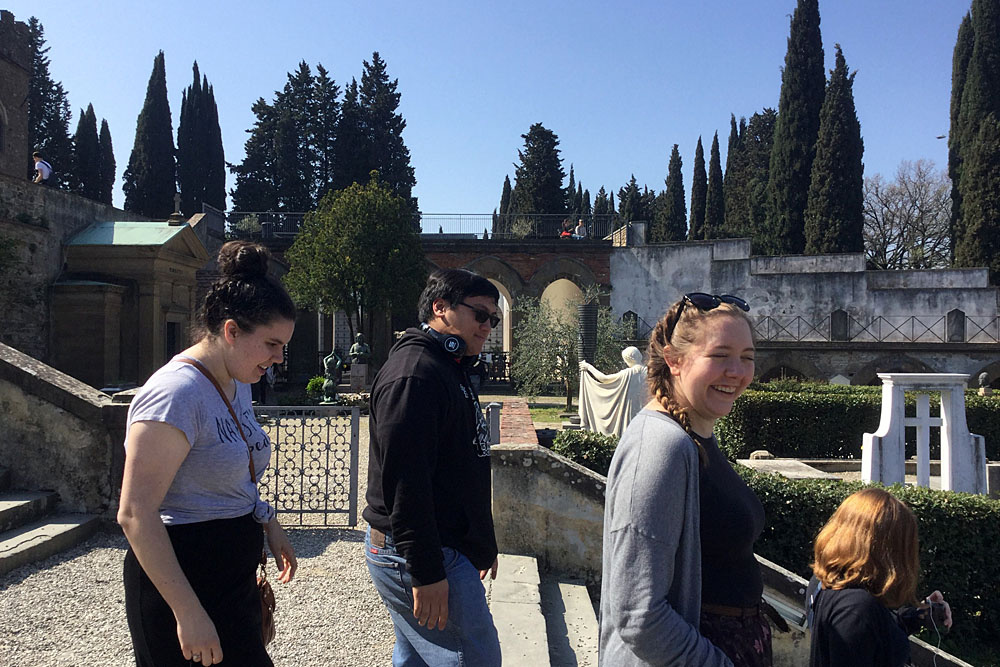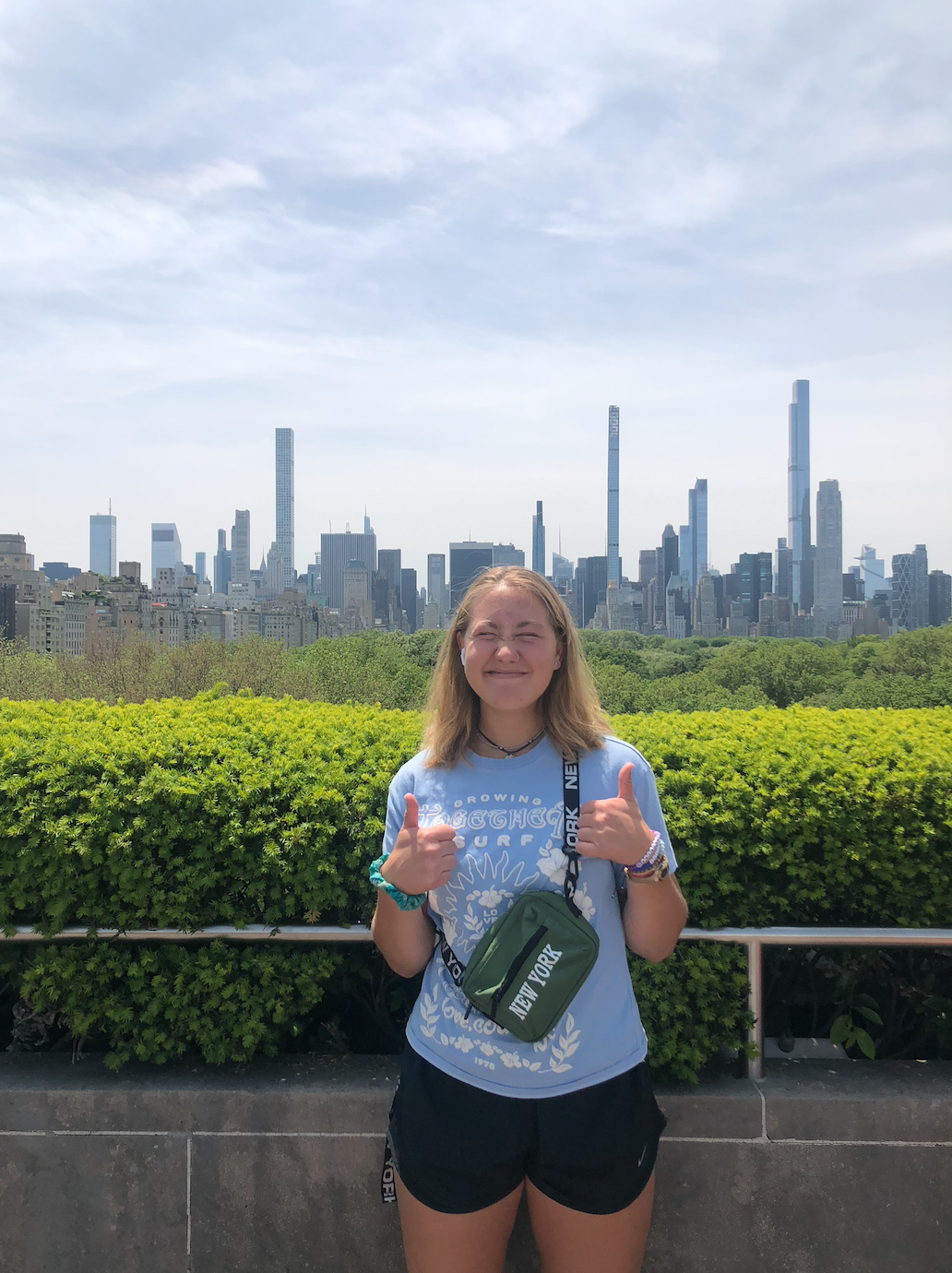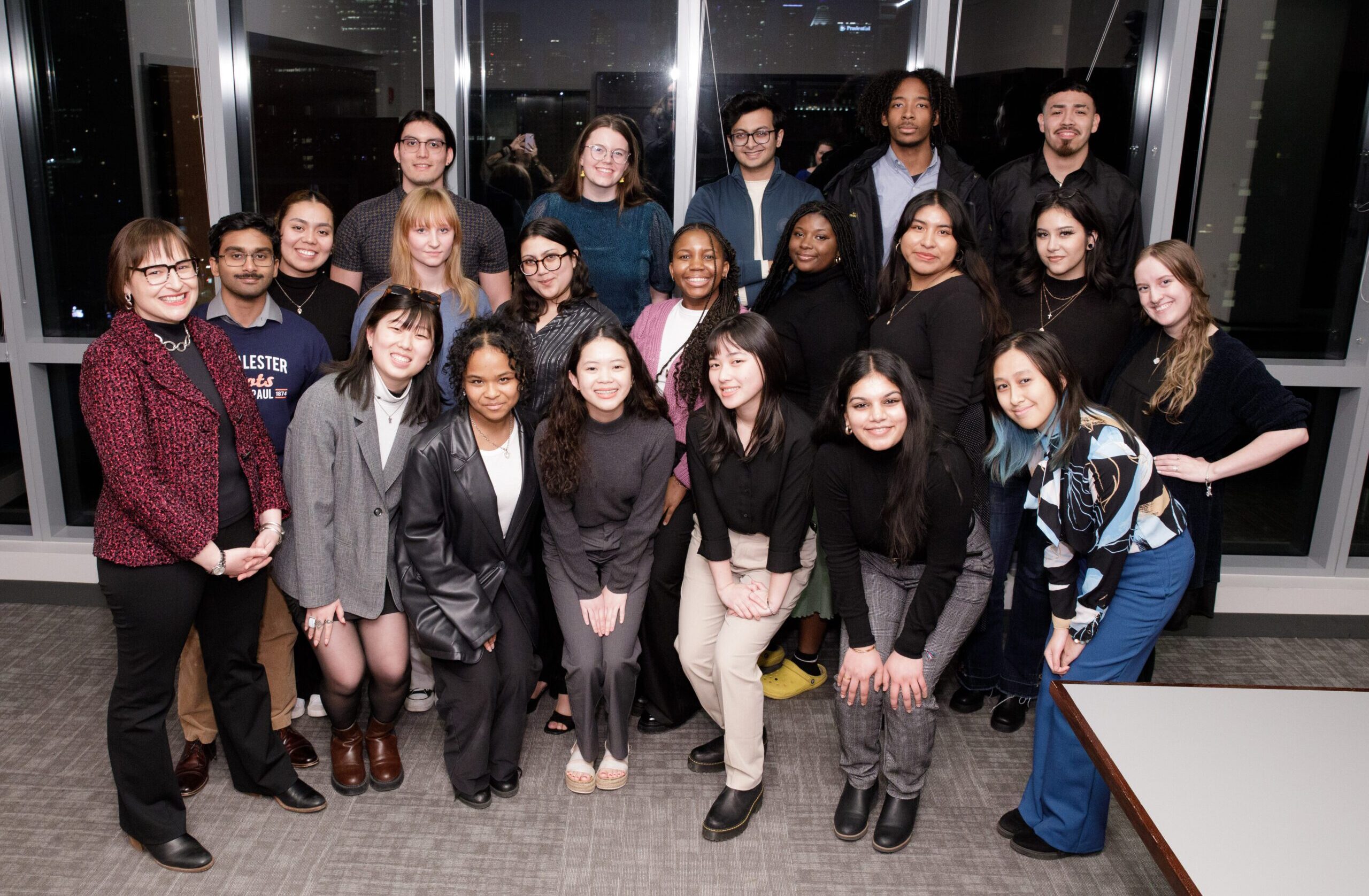To understand how the composer Monteverdi intended his Vespers to be heard, go to Venice and experience the Basilica of San Marco, the space for which the 17th century masterwork was created.
“Monteverdi created that piece to be performed in that particular place, to take advantage of the unique acoustical space of San Marco,” Lake Forest College music professor Nicholas Wallin explained. “There’s no other place like San Marco in terms of the way that it’s built and the antiphonal responses you can create from the different choruses and the different instruments. Certainly, when you’re listening to a recording you get none of that aspect of it.”
Students on the ACM London & Florence: Arts in Context program next year will have the opportunity to join Wallin in visiting San Marco and a variety of other centuries-old churches, palaces, and museums that will serve as the “classrooms” for his course, titled Performance and Pageantry in Renaissance Florence.
Wallin will be the spring 2019 affiliated scholar in Florence for the program, in which students can study in two remarkable European cities in a semester or focus on either London or Florence on the winter quarter/trimester option.
The course will open with a visit to San Miniato al Monte, the magnificent basilica in the hills at the edge of Florence that dates back nearly a millennium. There, students will hear Gregorian chants sung by monks in a tradition that has been ongoing throughout the church’s history.
 ACM Florence program students on a site visit to San Miniato al Monte.
ACM Florence program students on a site visit to San Miniato al Monte.
“I want to get students thinking about location as an aspect of performance,” said Wallin. “There is a public celebration or fest of some sort, and music is a part of that performance, and [it takes place in a] visual art setting.”
This interdisciplinary approach fits well with the program’s studies in Italian culture and history, intersecting with the courses offered in art history and museum studies and informing site visits in Florence and on program trips to Venice and Rome.
To gain insights into the role of performance and pageantry in Renaissance Florence, the class will go to the Duomo, Uffizi Gallery, and the Medici Palace to study paintings and other works and see how artists at the time depicted and interpreted civic festivals, public and private events, and prominent people.
As a conductor and as a scholar, Wallin is passionate about opera, and Florence is known as the birthplace of the art form. The course will include an exploration of the origins of opera, focusing on a visit to Palazzo Pitti, the largest of the Florentine palaces and symbol of the Medici dynasty’s power during the later Renaissance.
“They would have these private parties at Palazzo Pitti that involved elaborate performances,” said Wallin. “For example, they would flood the courtyard of the palace and do a re-enactment of a famous battle at sea and then they would have a musical performance. From those musical performances — those intermezzi that were being performed in between acts of plays or other pageants or performances — the entire genre of opera was born.”
Wallin was drawn to teaching in Florence by his own experience living in the city for six months in the midst of his graduate studies. He spent most of his time exploring the city, studying the art and architecture, attending concerts and operas, and studying Italian language — similar to what ACM students do in Florence.
“The city was a rich laboratory in which I studied, learned, and developed as a musician and scholar,” he noted. “The thought of opening up students’ minds to a similar experience in a city that I love is truly exciting.”
Links:
- London & Florence: Arts in Context
- Performance and Pageantry in Renaissance Florence – Course description and syllabus
- Nicholas Wallin’s bio









